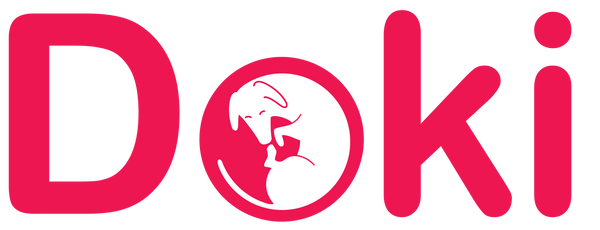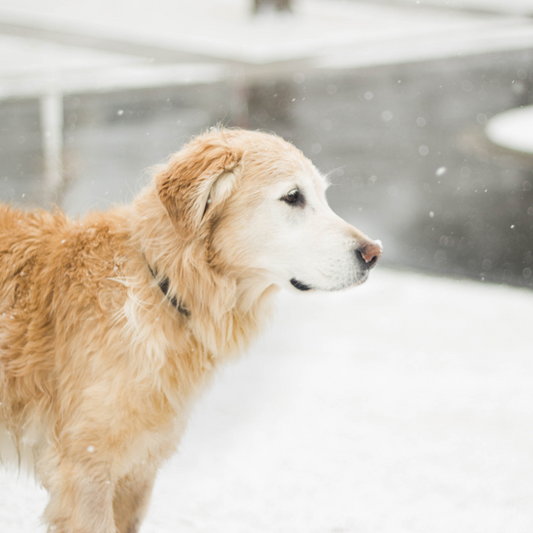What is Portion Control?
Portion control refers to the practice of managing the amount of food your dog consumes during mealtime. It involves measuring the appropriate quantity of food to ensure your furry friend receives the right balance of nutrients without overeating.
Why is Portion Control Important?
Proper portion control is crucial for maintaining your dog's overall health and preventing obesity. Obesity in dogs can lead to various health issues, including joint problems, diabetes, and heart disease. By controlling your dog's portions, you can help them maintain a healthy weight and live a longer, happier life.
Introducing Slow-Feed Dog Bowls
Slow-feed dog bowls are specially designed to help regulate your dog's eating speed. These bowls feature unique patterns or obstacles that make it more challenging for your dog to gulp down their food quickly. By slowing down their eating pace, slow-feed dog bowls promote better digestion and reduce the risk of bloating or other gastrointestinal problems.
The Benefits of Slow-Feed Dog Bowls
1. Prevents Overeating: Slow-feed dog bowls encourage dogs to eat at a slower pace, preventing them from consuming excessive amounts of food in a short period.
2. Weight Management: By controlling the speed of eating, slow-feed dog bowls can assist in weight management and prevent obesity.
3. Mental Stimulation: The obstacles or patterns in slow-feed dog bowls provide mental stimulation for your dog, making mealtime more engaging and enjoyable.
4. Reduces Bloating: Eating too quickly can cause dogs to swallow air, leading to bloating and discomfort. Slow-feed dog bowls minimise this risk by promoting slower, more controlled eating.
Tips for Using Slow-Feed Dog Bowls
1. Choose the Right Size: Ensure the slow-feed dog bowl is appropriate for your dog's size and breed. It should be large enough to hold their regular meal portions.
2. Gradual Transition: Introduce the slow-feed dog bowl gradually. Start by mixing a small portion of their regular food with the new bowl and gradually increase the amount over time.
3. Supervise Mealtime: Monitor your dog during mealtime, especially during the initial stages of using a slow-feed dog bowl. This allows you to ensure they are adapting well and not becoming frustrated or stressed.
4. Clean Regularly: Clean the slow-feed dog bowl regularly to maintain proper hygiene and prevent the buildup of bacteria.
Conclusion
Portion control is essential for your dog's overall health, and slow-feed dog bowls can be a valuable tool in achieving this goal. By regulating your dog's eating speed, these bowls promote better digestion, weight management, and mental stimulation. Remember to choose the right size bowl, introduce it gradually, and monitor your dog's progress. With the help of a slow-feed dog bowl bowl, you can ensure your furry friend enjoys a healthy and balanced diet.




